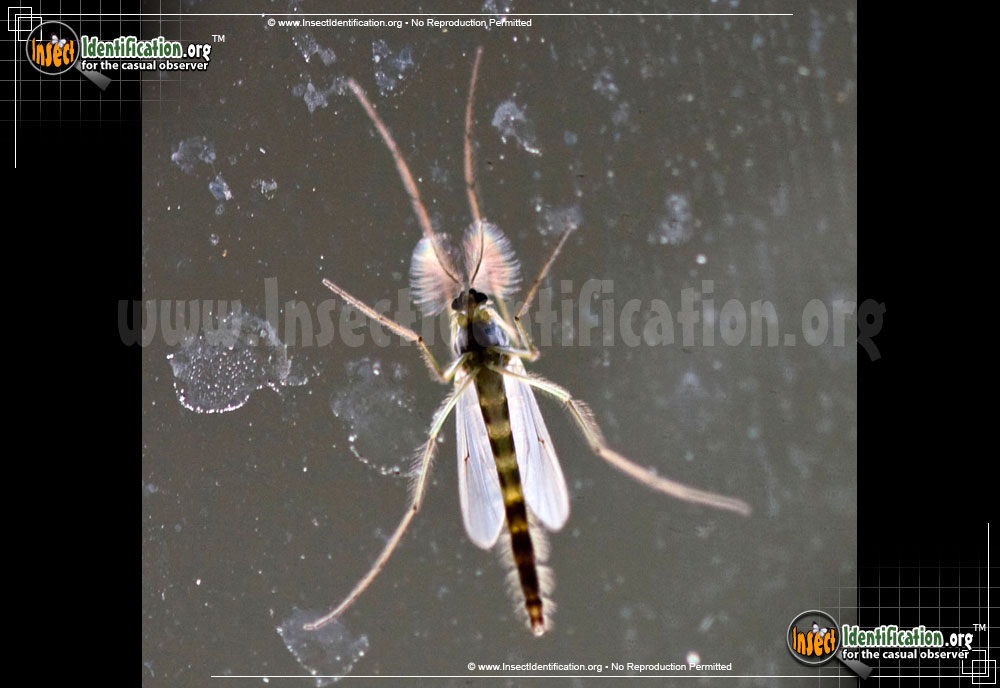

In the era of internet crowdsourcing - enthusiastic bug hunters can download an app called “ Cicada Safari” to document the molting masses - he warns that both early cicada emergence and the accelerated populations could simply be a result of more reporting.Īnd that “only-emerging-every-13-to-17-years” thing also makes it hard to amass good data. “It’s hypothetical at this point,” said John Cooley, a cicada researcher at the University of Connecticut. Under unusually warm temperatures, trees might bud and leaf early in a “false spring,” then bud and leaf again a few months later - tricking cicadas into thinking that more time has passed.īut the connection is far from proven. Kritsky believes it could be because cicadas use fluid in trees to mark time.

That’s more than enough to send them scurrying out of the soil ahead of time. frequented by Brood X are 8 degrees Fahrenheit hotter than they were in 1970 - and 1.1 degrees F hotter than they were when the bugs last emerged in 2004. A preliminary analysis from Climate Central, a research and communications nonprofit, estimates that in April and May the areas of the U.S. Kritsky, who has combed through newspapers and diaries recording cicada emergence over the past century, says that before 1950, cicadas most often started their emergence between May 20 and 28 now they’re coming out in the month’s first couple of weeks. Over the past several decades though, periodical cicadas have seemed to pop up earlier and earlier. In year 17, when the ground is around 64 degrees Fahrenheit and soft from recent rain, these nymphs start to wriggle their fleshy, segmented bodies out of dime-sized holes in the ground.

Cicadas are reliant on internal clocks: They spend their entire lives - up until those last few orgiastic weeks - underground, sipping nutrients from roots and counting the years until they can scuttle out of their tiny lairs. Department of Agriculture / Agricultural Research Serviceīut some researchers believe that, as the world warms, those reliable schedules may be starting to shift. Whatever else is happening in the world: a pandemic, a war, a presidential election - the cicadas will come every 17 (or, for some broods, every 13) years.Īdult cicadas dry their wings after emerging from living 17 years below ground. If you gave birth to a child during the last emergence of Brood X, he or she is now a teenager. He would know: Kritsky is a kind of entomologist-historian, writing books and articles with such tantalizing titles as The Tears of Re: Beekeeping in Ancient Egypt or “The Insects and Arthropods of the Bible.”Ĭicadas’ regular schedules, Kritsky explains, are part of their charm. “Periodical cicadas are the ‘bugs of history,’” said Gene Kritsky, a professor of biology at Mount St. It’s a once-every-two-decades bonanza that serves as a sometimes unwelcome reminder of the passage of time.

Brood X, a group of 17-year “magicicadas” (yes, that’s short for “ magic cicadas”) have started to emerge from the soil all over the Eastern U.S., marking the beginning of a cicada season that will eventually see billions of the bugs molting, screeching for mates, and - after just a few weeks - dying, leaving their carcasses strewn across lawns and roofs from New Jersey to Illinois.


 0 kommentar(er)
0 kommentar(er)
